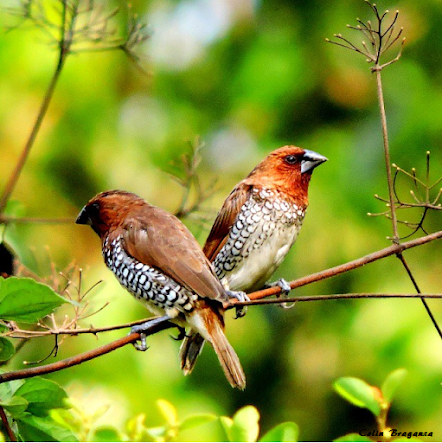Rescuing India from the Hazards of E-Waste

An awareness programme (part of a series of programmes) on the hazards of electronic waste was held at EDC House, Panjim, by the NGO Communicare Trust in collaboration with NASSCOM (National Association of Software and Services Companies) Foundation, CEAMA (Consumer Electronics and Appliances Manufacturers Association) and MAIT (Manufactures Association of Information Technology). This was part of the Digital India Initiative that has begun pilot projects in Bhubaneshwar, Puducherry, Guwahati, Imphal, Indore, Kolkata, Moradabad, Ranchi, Patna and Panjim, to combat the issue of growing electronic waste in India. The e-waste project will be gradually extended to other parts of India to cover all major areas. The objective is to reach out to schools, colleges, producers, consumers, bulk consumers, scrap dealers (kabadiwalas), dealers, etc, using the cooperation of local NGOs to educate them about the rules with regard to e-waste (2016), the problems related to it, and the proper manner of


